Immunology/Inflammation
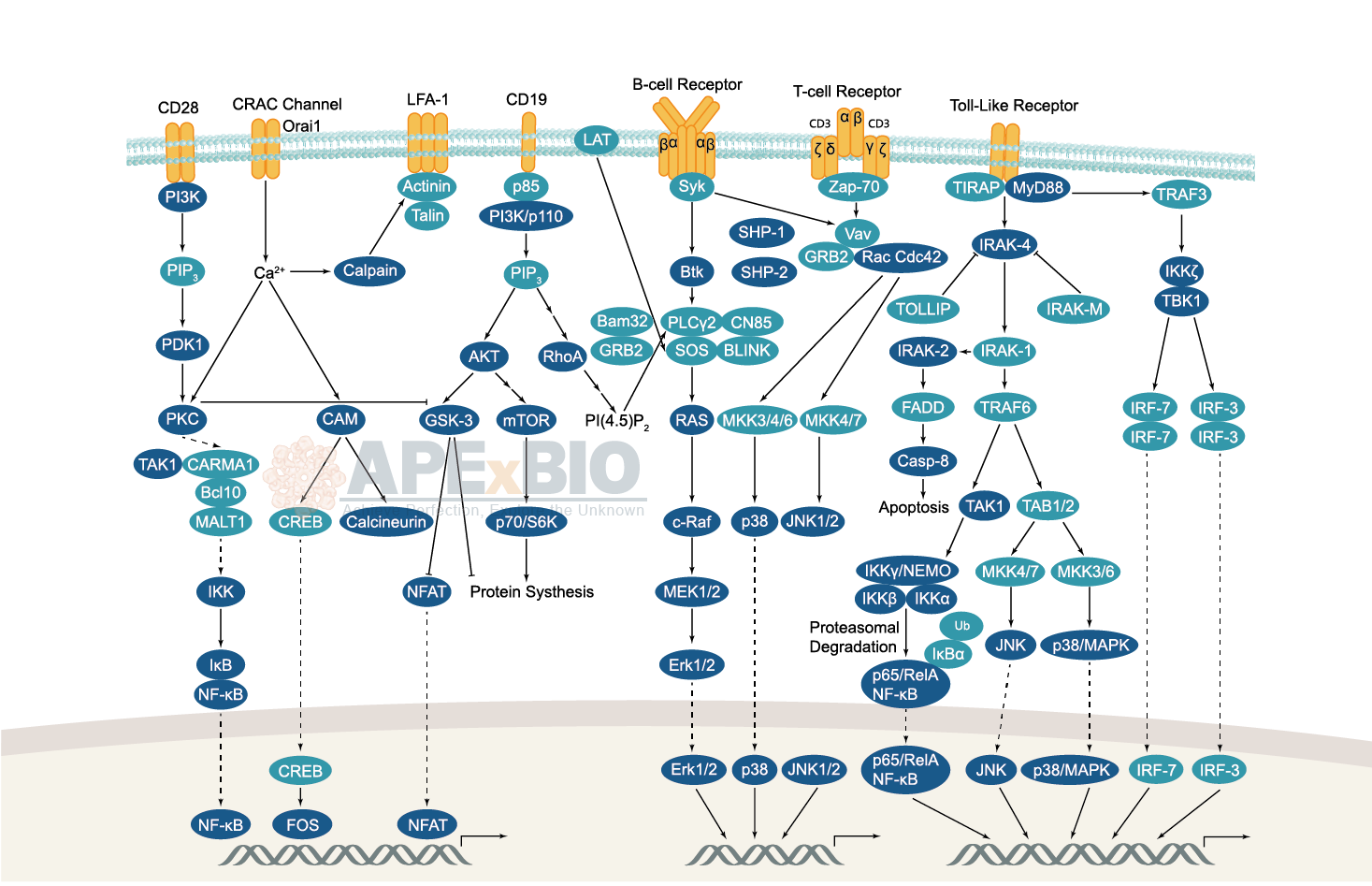
The adaptive immune system consists of B and T lymphocytes which mediate humoral immunity (e.g. antibody response) and cell-mediated immunity, respectively. B cell receptor and T cell receptor signaling is responsible for activation of Src family tyrosine kinases, such as Blk, Fyn, and Lyn in B cells and Fyn and Lck in T cells, resulting phosphorylation of the receptor-associated ITAM motifs. Phosphorylated ITAMs serve as the docking sites for Syk family tyrosine kinases, e.g. Syk in B cells and Zap-70 in T cells. Activated Syk kinases then propagate the signals via phosphorylation of downstream proteins. Furthermore, lymphocyte receptor signaling facilitates B and T cell development, differentiation, proliferation and survival.
-
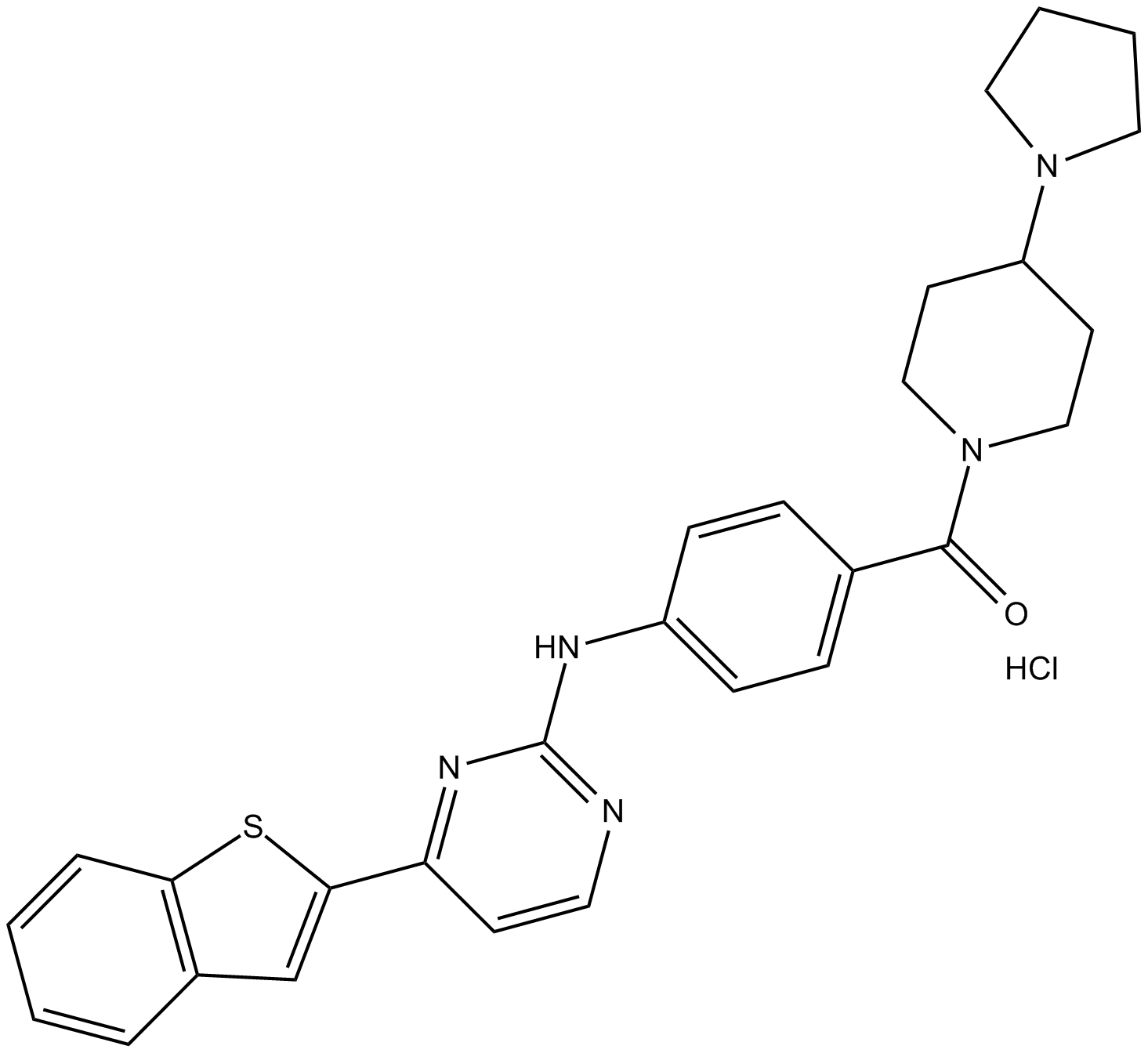 C4569 IKK-16 (hydrochloride)Summary: IκB kinases (IKKs) inhibitor
C4569 IKK-16 (hydrochloride)Summary: IκB kinases (IKKs) inhibitor -
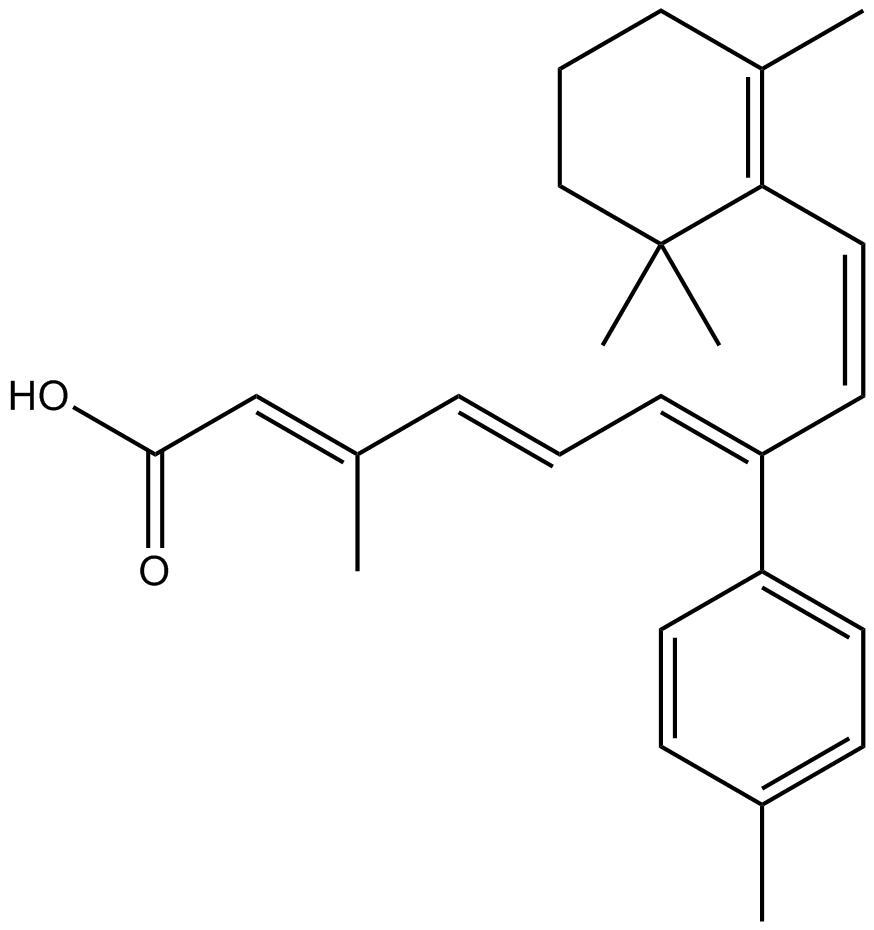 A8185 SR 113023 CitationSummary: AP-1 transcription factor inhibitor
A8185 SR 113023 CitationSummary: AP-1 transcription factor inhibitor -
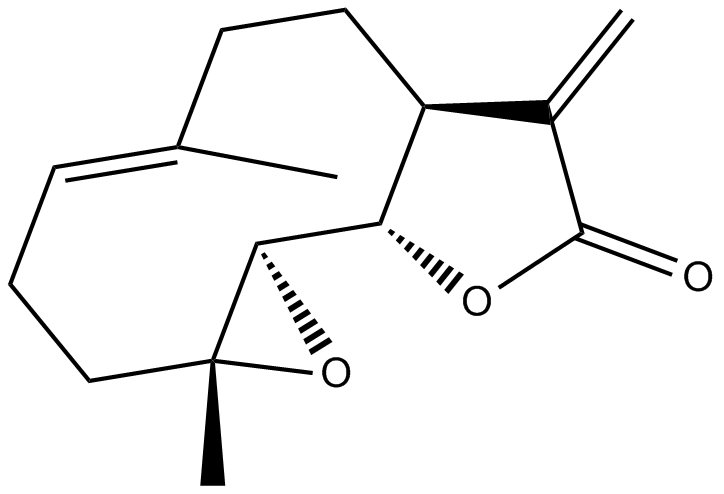 N1315 ParthenolideTarget: Histone Deacetylases (HDACs)|MDM2|DNA Methyltransferases|p53|5-HT
N1315 ParthenolideTarget: Histone Deacetylases (HDACs)|MDM2|DNA Methyltransferases|p53|5-HT -
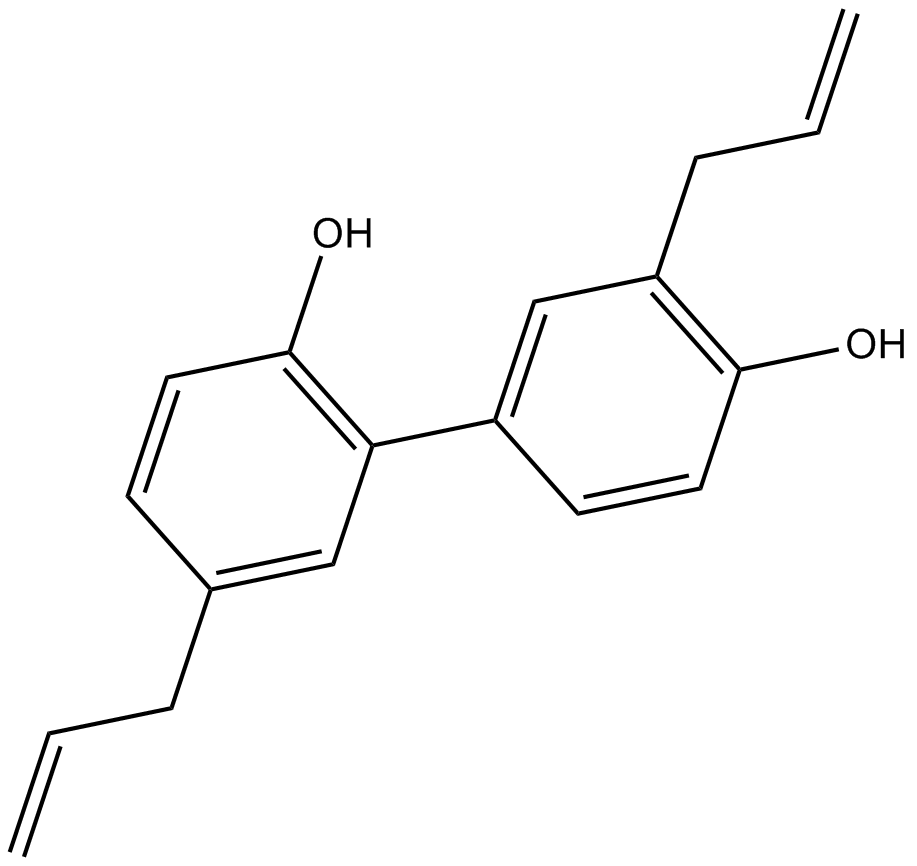 N1672 HonokiolSummary: Antioxidant/antitumor/antiangiogenic agent
N1672 HonokiolSummary: Antioxidant/antitumor/antiangiogenic agent -
 N1831 LuteolinTarget: AP-1|MMP|15-lipoxygenasesSummary: Antioxidant and free radical scavenger
N1831 LuteolinTarget: AP-1|MMP|15-lipoxygenasesSummary: Antioxidant and free radical scavenger -
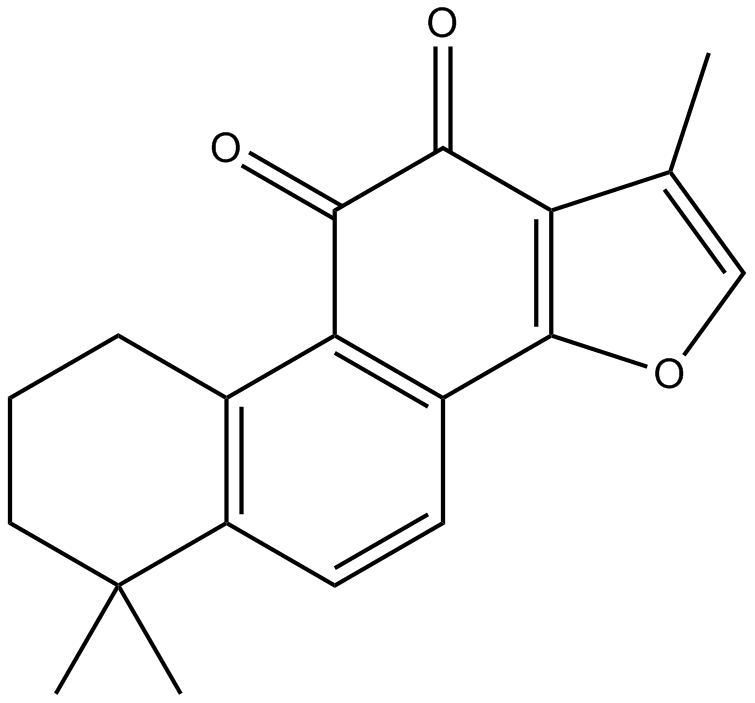 N1846 Tanshinone IIATarget: AP-1|MAGLSummary: Antioxidant and anti-inflammatory reagent
N1846 Tanshinone IIATarget: AP-1|MAGLSummary: Antioxidant and anti-inflammatory reagent -
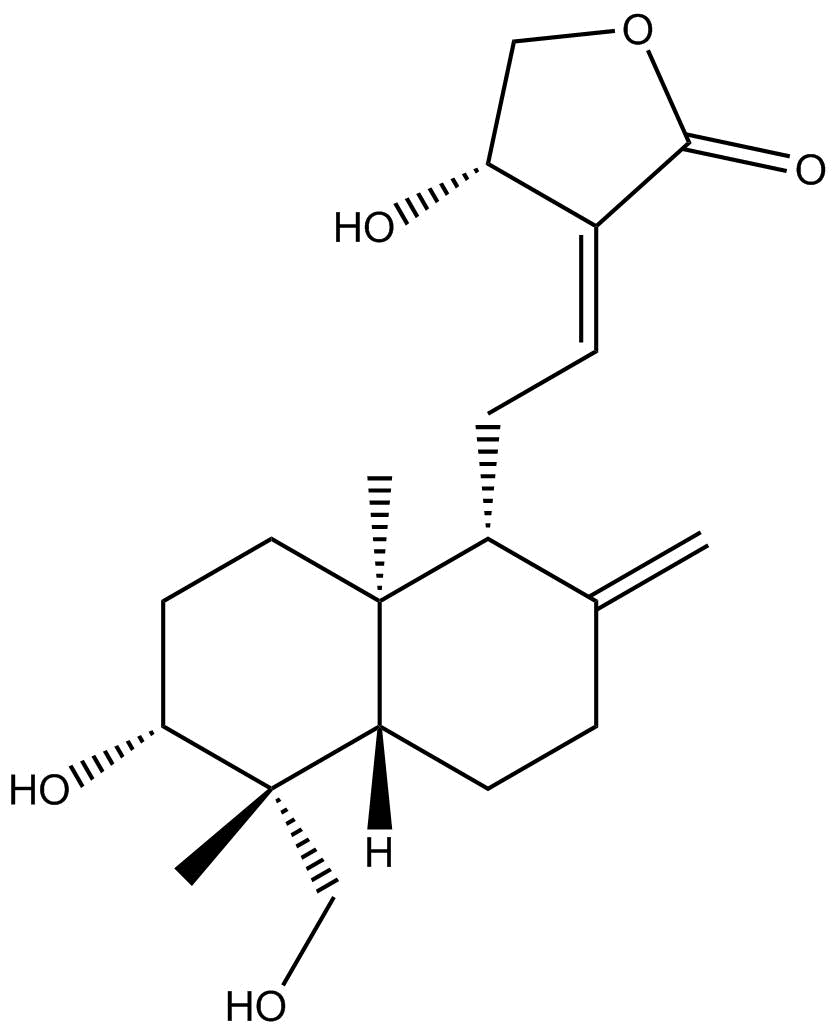 N1855 AndrographolideSummary: NF-κB signaling Inhibitor
N1855 AndrographolideSummary: NF-κB signaling Inhibitor -
 N2285 Dimethylfraxetin
N2285 Dimethylfraxetin -
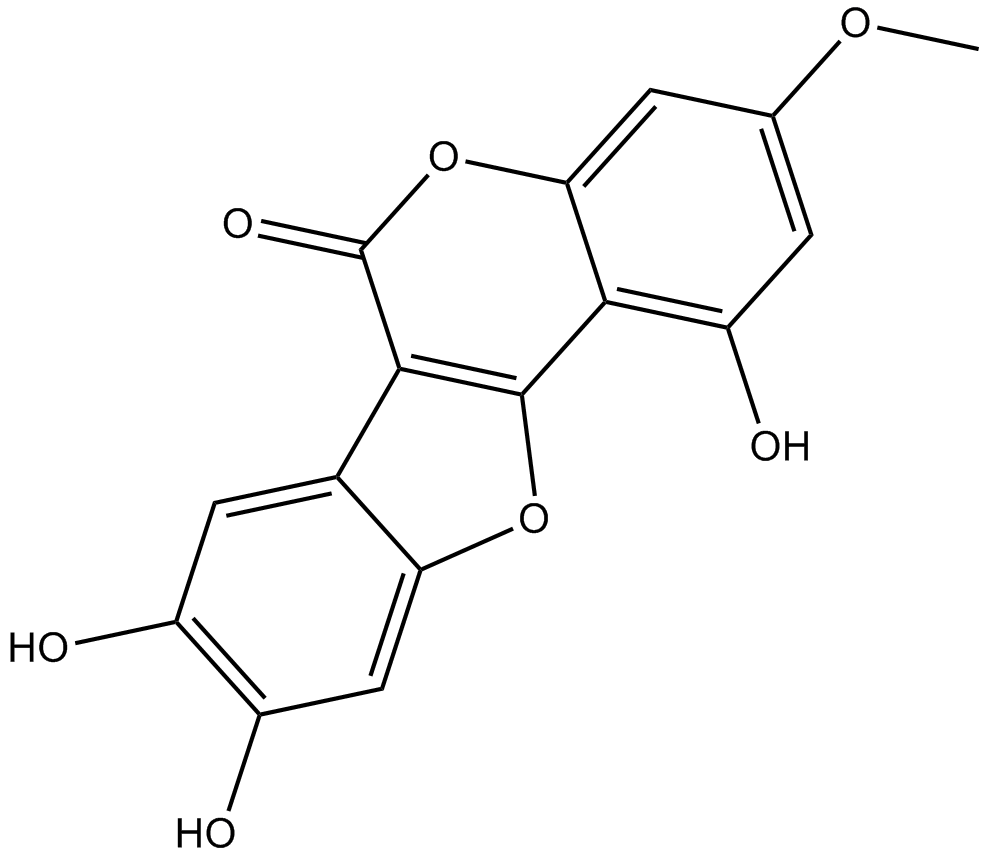 N2131 WedelolactoneSummary: IKK inhibitor
N2131 WedelolactoneSummary: IKK inhibitor -
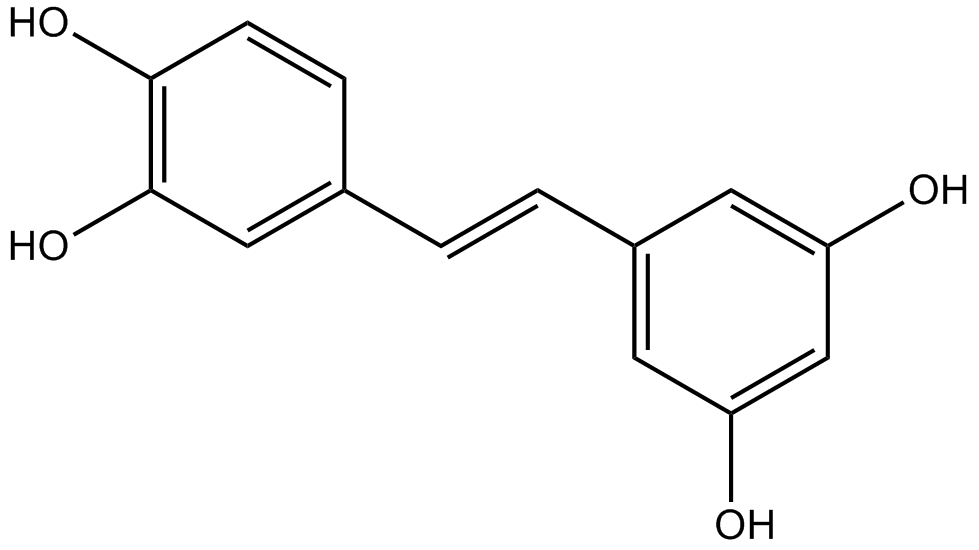 N2031 PiceatannolSummary: p56lck/Syk inhibitor
N2031 PiceatannolSummary: p56lck/Syk inhibitor

